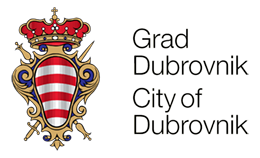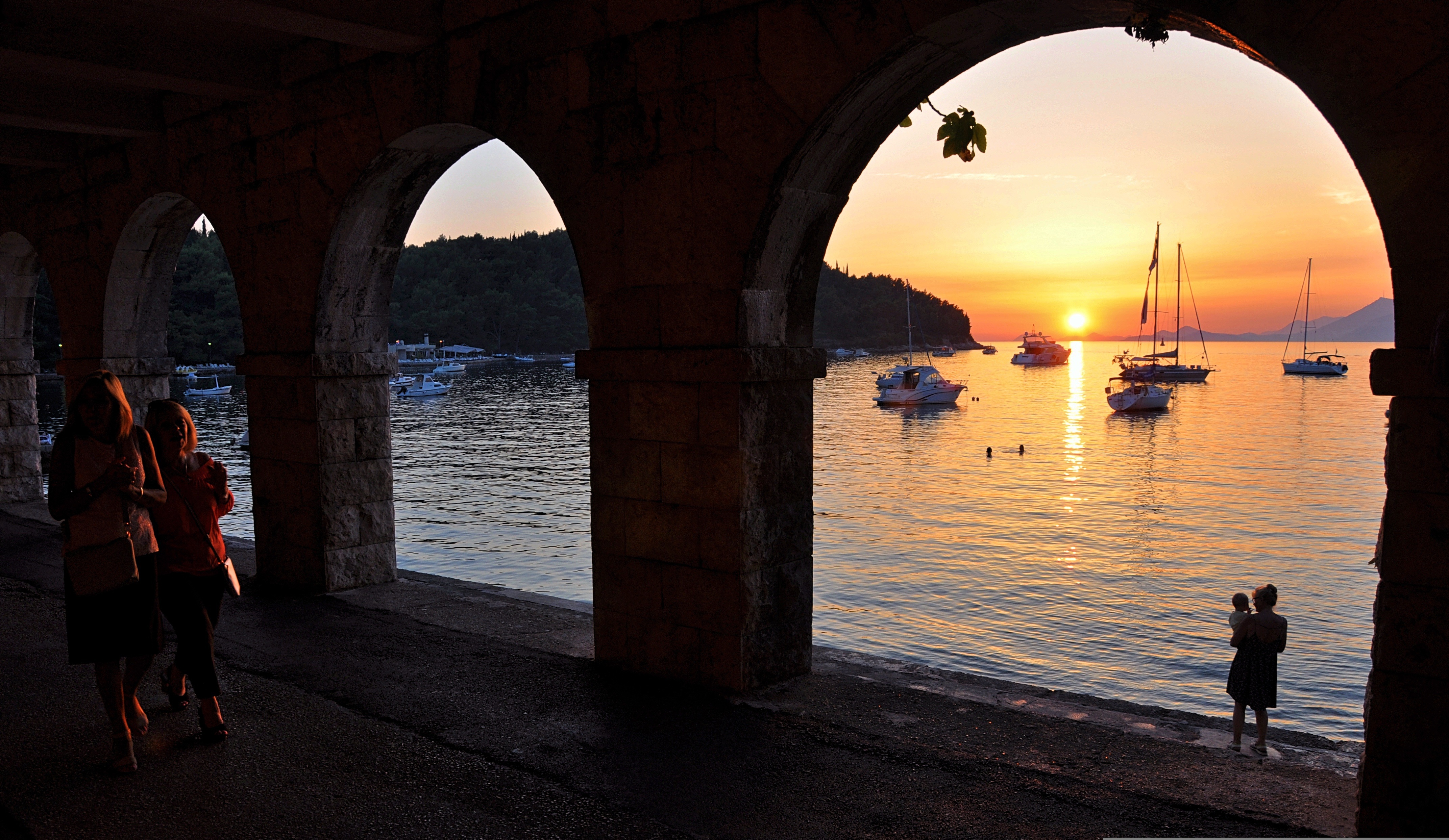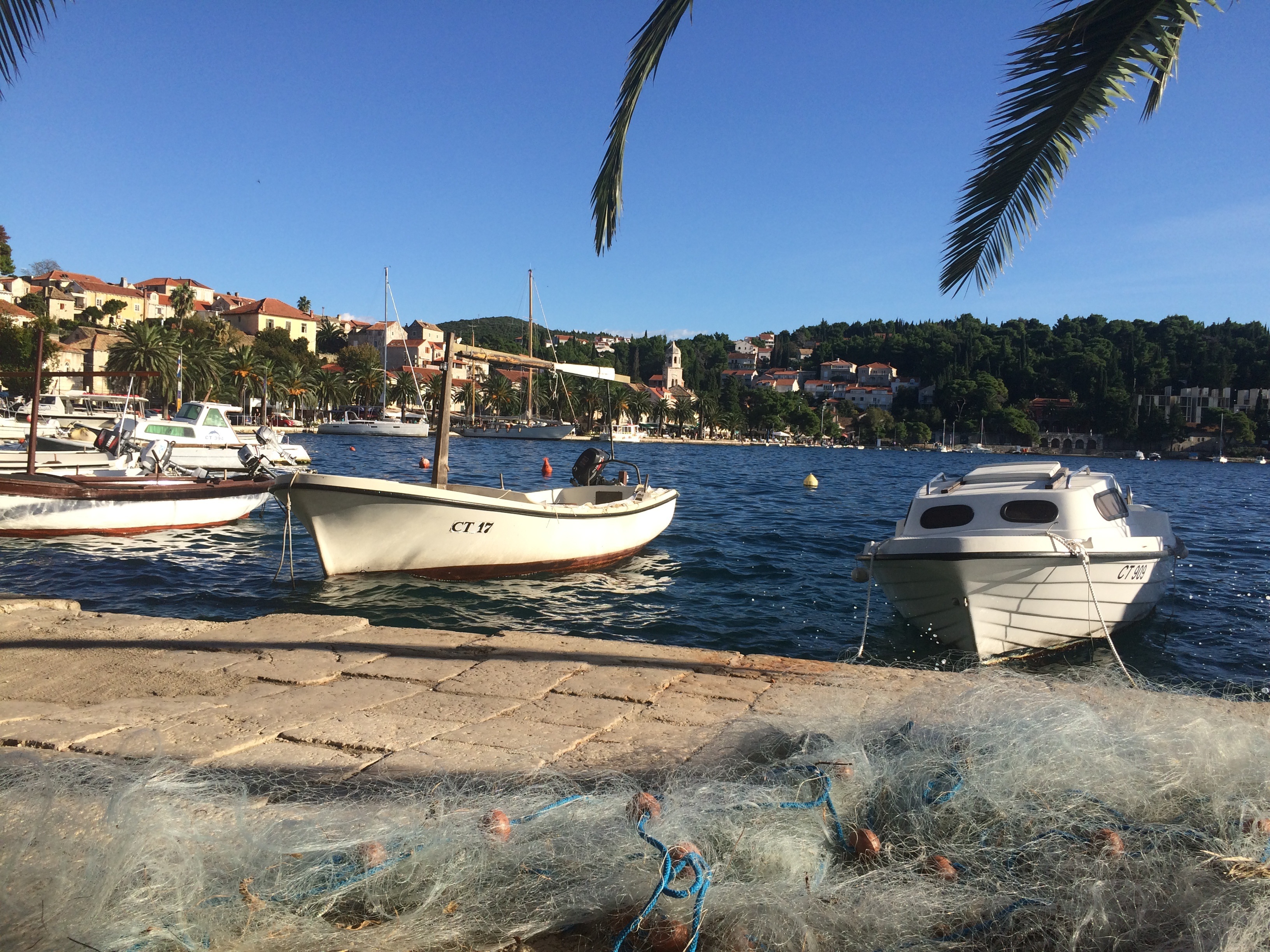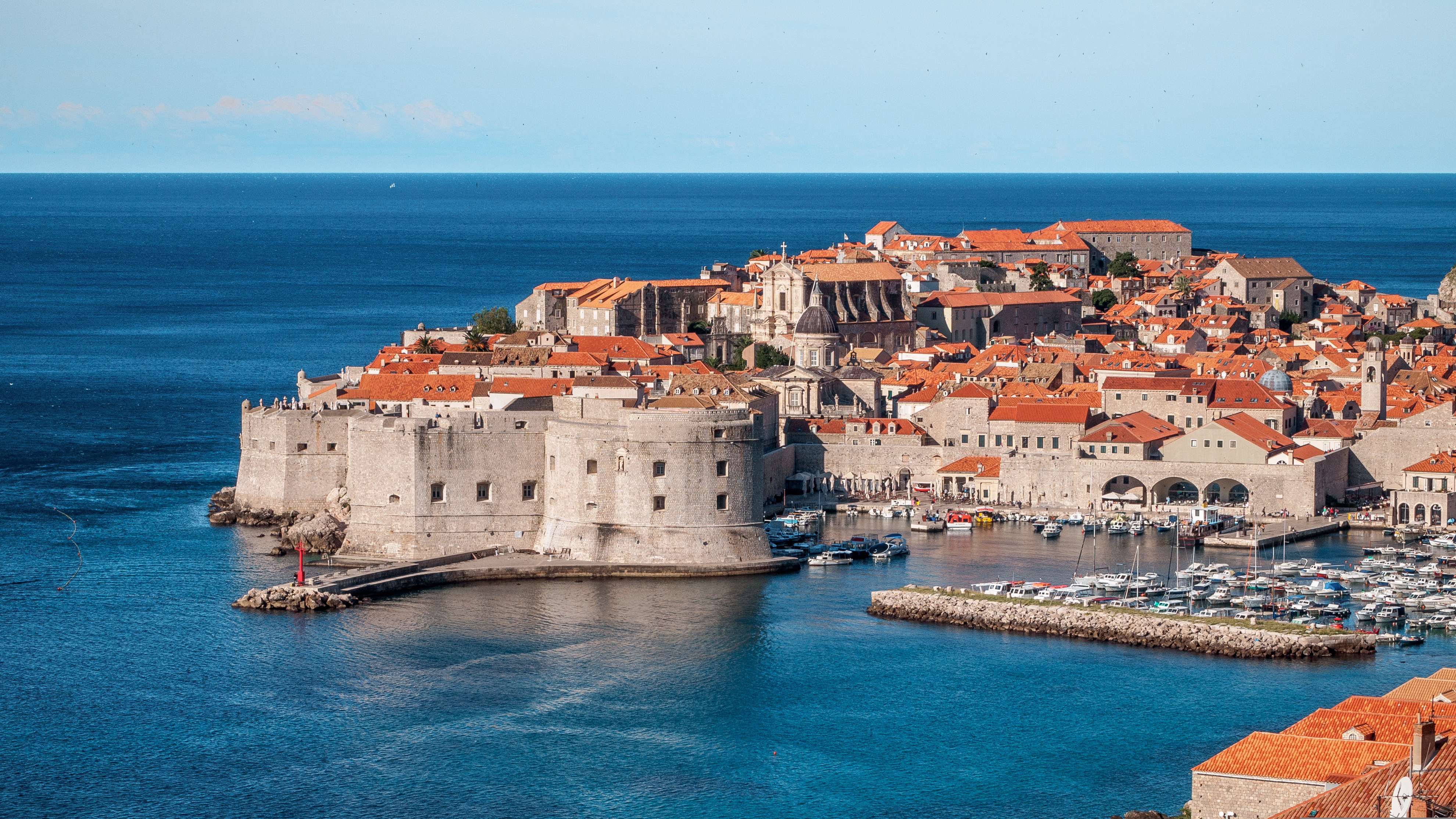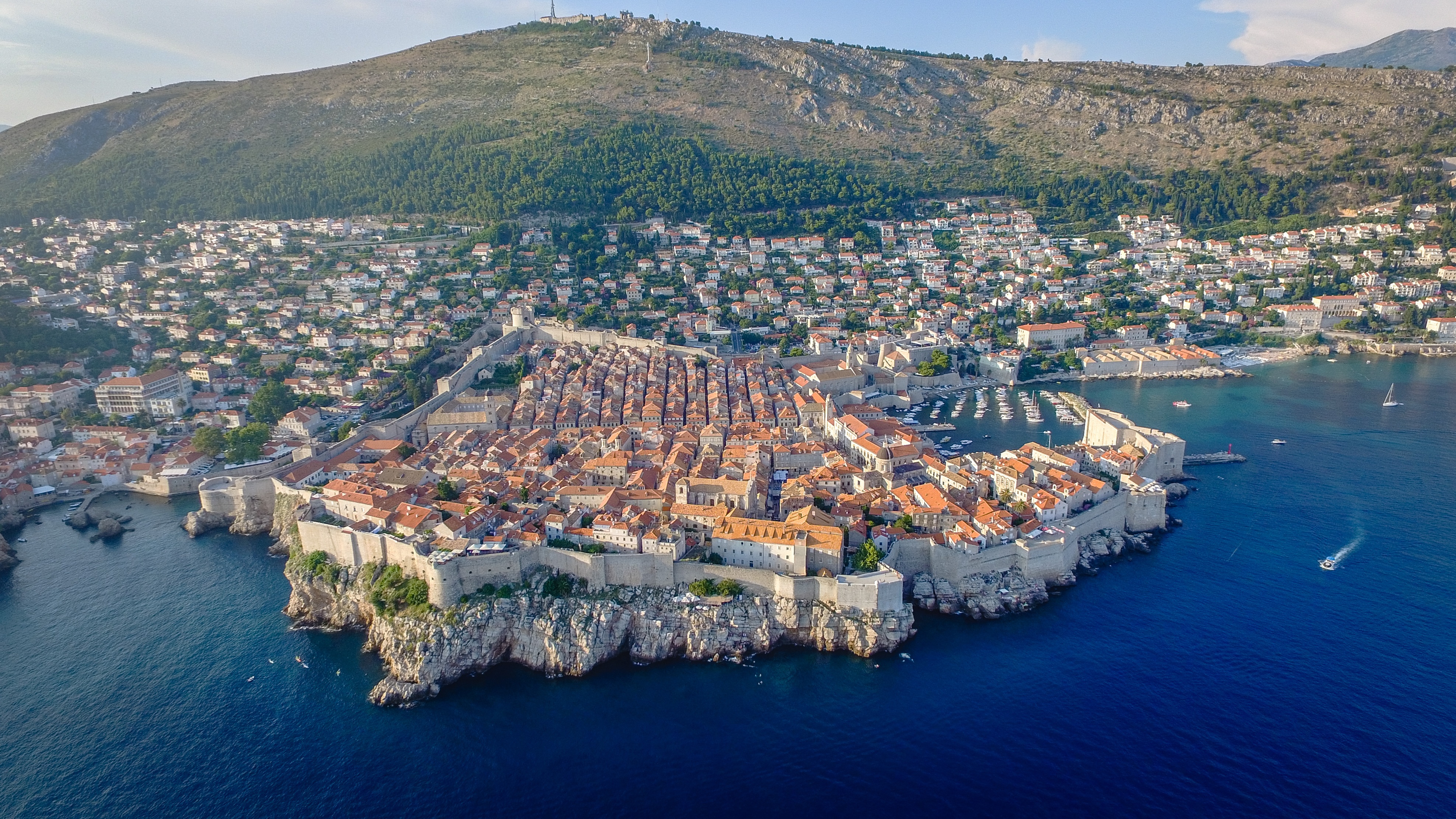Accommodation booking
Conference participants are able to book accommodation during CETRA 2024 through the conference website. It is possible to select one of the proposed accommodation options:
- Hotel Croatia Cavtat***** - Conference venue
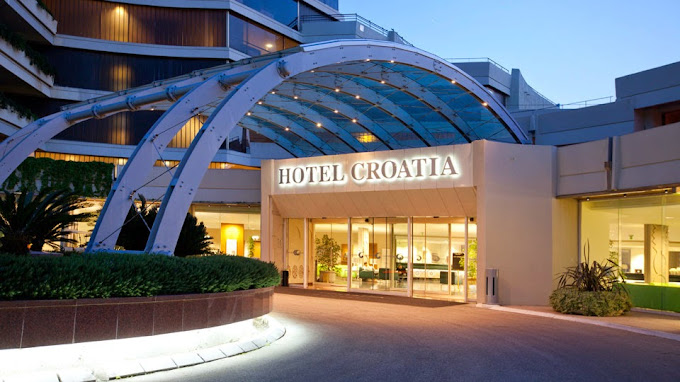
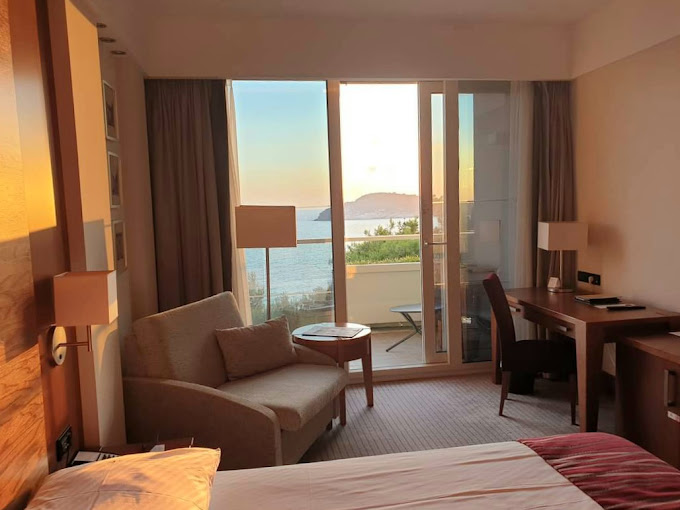
- Remisens Hotel Albatros**** - located within walking distance (20 min) from Conference venue or a 5min taxi drive
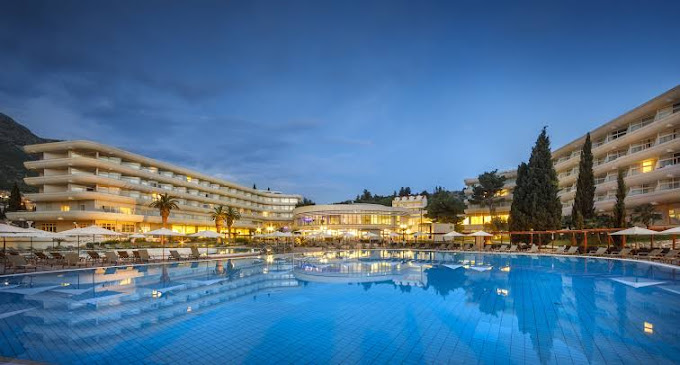

Conference participant will conveniently benefit from special prices in above proposed hotels. Due to high season period we urge all participant to book their accommodation as soon as possible.
To start the booking process, please click on the link below:
Venue
CETRA 2024 will take place in the five-star Hotel Croatia in Cavtat.
The hotel is situated very close to Dubrovnik Airport, it has excelent conference facilities and is walking distance from Cavtat and 20min ride from Dubrovnik.

Location
Hotel Croatia, Cavtat
ADDRESS: Frankopanska ul., 20210, Cavtat
GPS: 42.5784526369484, 18.21408477015809
How to get to Cavtat
By airplane |
|
|
Dubrovnik airport (DBV) is very well connected to bigger towns of Croatia and Europe and it is about 6 km away from Cavtat! Find a plane to Dubrovnik at: https://www.airport-dubrovnik.hr/ Another option for travelling by airplane is flying to Split airport and taking a 3 hour bus ride to Dubrovnik, which is just a 30 minutes bus ride away from Cavtat. You can find information about flights to Split airport here: https://www.split-airport.hr/ Information about bus lines from Split to Dubrovnik at: getbybus.com/en/ You can view popular destinations from which you can travel to Dubrovnik at the following map: |
|
| |
|
By car |
|
|
If you are coming from/through Zagreb you can take motorway A1 to Dubrovnik and a short 20 minutes ride from there to Cavtat. Plan your route at: www.viamichelin.com. |
|
By Bus |
|
|
Dubrovnik is the largest city in Dubrovnik-Neretva County, Croatia, and it is very well connected with biggest Croatian cities Zagreb, Split and Rijeka. Find a bus to Dubrovnik at: getbybus.com/en/. |
|
About Dubrovnik
The 'Pearl of the Adriatic', situated on the eastern coast of the Adriatic Sea and over 1,600 years old, was an important Mediterranean Sea power. The steady development of the city was facilitated by its excellent geographical position and the constant development of sea traffic and technology, to the extent that in the 15th century, the Dubrovnik merchant fleet was the second largest fleet in the Mediterranean.
As a territory, Dubrovnik declared itself an “independent commune” in the 10th century. It became an independent republic in the 11th century and remained so until 1808 when Napoleon’s wars of conquest led to its abolishment. At the head of the Republic were the Rector and a government consisting of three councils, all elected from the circle of Dubrovnik’s aristocratic families.
In addition to public investment – in buildings and forts, public administration buildings, health care, a sewage system, running water, the first quarantine in the world, and a home for the elderly and in need, the state was also a great patron of all kinds of art. The oldest preserved written music from 1106 is preserved in the apothecary of the Franciscan monastery, which has been in continuous operation since 1317 and is among the three oldest pharmacies in the world, while Dubrovnik literature makes up a large portion of the history of Croatian literature.
Although severely damaged by an earthquake in 1667, Dubrovnik managed to preserve its beautiful Gothic, Renaissance, and Baroque churches, monasteries, palaces, and fountains. In the 1990s, the City stood an eight-month-long armed siege, without water and electricity supply, with 21,000 refugees from the area, suffering frequent bombardments and living a life of utter hardships. Its heroic defense was a paramount contribution to the international recognition of the independence of Croatia.
Dubrovnik is best known by the Walls of Dubrovnik encircling most of the Old City. Today’s size of the Walls was shaped in the 13th century. They were systematically updated and built up to 1660 when the last Bastion of St Stephan was finished in the southern segment of the walls (https://dpds.hr/the-city-walls/). The 1940 m long walls consist of the main city wall, sixteen towers, three fortresses, six bastions, two corner fortifications, three bulwarks with rows of turrets, three moats, two flank fortresses, one breakwater, and two drawbridges. At some points up to 25 m high, the main wall is up to 6 m thick on the land side and up to 3 m thick on the seaside.
About Cavtat
Cavtat (Greek Epidauros, Roman Epidaurum) is a unique town on the Adriatic, the urban and cultural centre of Konavle. It is situated 17 km southeast of Dubrovnik, on the hilly part of the wooded peninsula Rat, which surrounds the well-protected and accessible bay together with the peninsula of Sustjepan. Cavtat has excellent connections with the whole world by means of the Dubrovnik airport.
There are more than 7 km of sandbanks, clean sea water, sand beaches, and bays, and fine new hotels of high and luxury class - all this has made Cavtat one of the most sought-after and visited tourist resorts in the Dubrovnik area. Each visitor can discover his own wishes, enjoy the hidden coves at peace, long walks at the seaside, or spend active holidays going in for recreational sports and entertaining cultural programs.
Places like Cavtat offering so much to visitors are quite rare. Its scenery, the rich cultural and historical heritage meet the demands of present-day tourists, thus making it one of the most attractive destinations on the Adriatic coast. There one can still feel the spirit of the past time and experience the centuries-old tradition of our ancestors.
Cavtat was an important Roman colony, which was abandoned after it was conquered by the Slavs and the Avarians after the decline of the Western Roman Empire. Its inhabitants fled to the neighboring settlement Laus Rave Ragus, wherefrom Dubrovnik arose. The modern Croatian name for the city is derived from Civitas Vetus, which means old city in the Latin language. In historical sources, Cavtat is also mentioned with the name Ragusa Vecchia, which clearly testifies to these two cities' connection.
In the times of the Dubrovnik Republic, Cavtat was the second most important seaport, place of trade and of administration in the Republic, after Dubrovnik. The special charm of this old city is provided by the buildings that have remained from the time of the old Dubrovnik Republic. The old city was built according to the regulation plans prescribed by the Republic, and the result was the present-day look of this part of Cavtat.
A larger part of the monuments of history and culture belong to the fine but modest Renaissance architecture with some traces of the Gothic style: the Rector's palace, fortifications, city walls, squares, St. Nicholas' church, the church dedicated to Our Lady of the Snows and the Franciscan monastery. There are numerous remnants of the ancient settlements to be found, Illyrian, Greek, and Roman, old walls, fortifications, and ruins spread all over the city and its surroundings. Many archaeological findings like amphorae, parts of capitals, architraves, friezes, mosaics, memorial tablets from gravestones, jewelry, and coins, witness the wealth and beauty of the ancient historic settlements on the Rat peninsula.
Cavtat is still a treasury of art, culture, and historic wealth, kept in the Rector's palace, the museum, and the churches, in the Picture Gallery, and the many family collections. Today, the small hill overlooking the town is the place of the masterpiece of the great Croatian sculptor Ivan Meštrović (https://www.migk.hr/en/ivan-mestrovic-en), and from there his St. Rock's chapel, the Mausoleum of the family Račić (https://www.migk.hr/en/gallery), dominates the view.
In the Rector's palace, there is also the Lapidary with excavated objects and monuments from ancient times. Here you can also find the famous picture "Carnival in Cavtat" by Vlaho Bukovac (https://www.migk.hr/en/vlaho-bukovac-en), a great painter born in Cavtat. In his birthplace, there is the Memorial Home of Vlaho Bukovac with his atelier. Cavtat is also the hometown of the great Croatian politician and statesman Frano Supilo (https://www.britannica.com/biography/Frano-Supilo).
Cavtat is the hometown of Baltazar Bogišić, scientist of worldwide fame, a passionate collector, and guardian of national folklore (https://www.zavoddbk.org/en/collection-of-baldo-bogisic/). Bogišić's rich cultural heritage is stored in the Rector's palace in Cavtat: the library with more than 22,000 rare old books, about 70 incunabula, a rich archive collection of enormous value, a collection of drawings of more than 10,000 items, a collection of antique coins and coins of the Dubrovnik Republic with about 1,500 pieces, a collection of old arms, and an ethnographic collection.
Cavtat and Dubrovnik photo gallery
Click on a photo to enlarge.





























